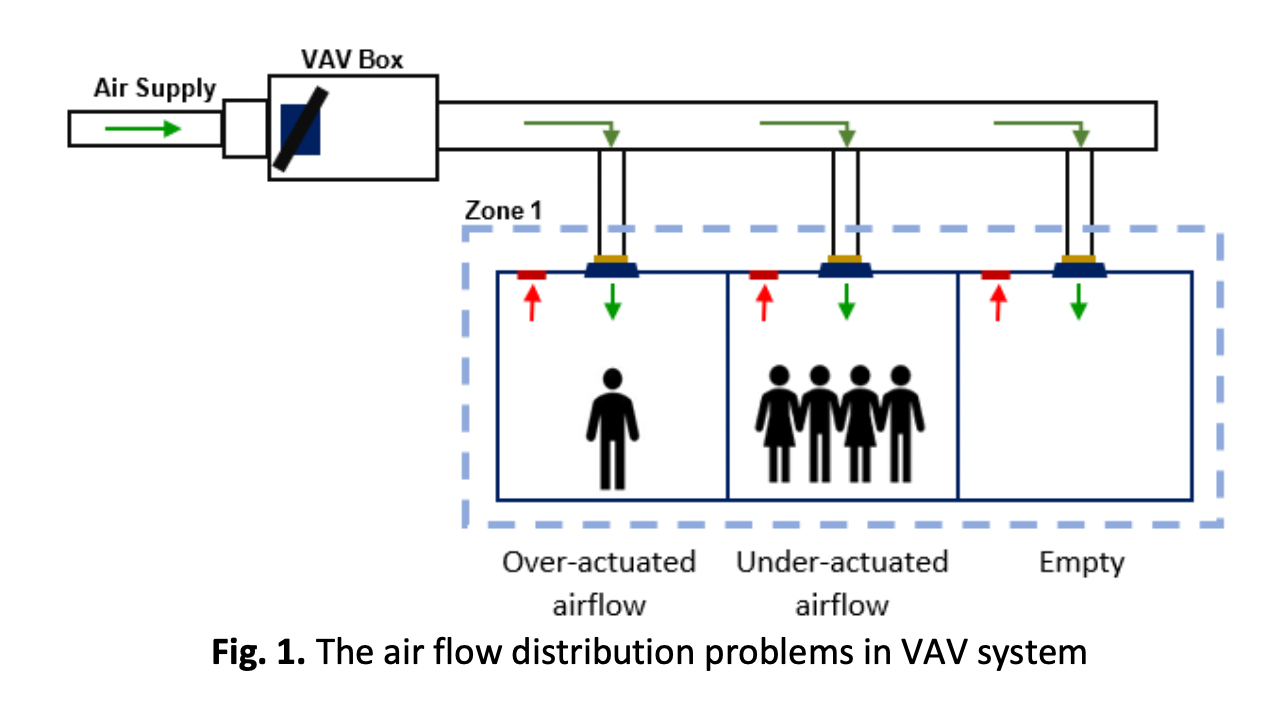The Comparison of P, PI and PID Strategy Performance as Temperature Controller in Active Iris Damper for Centralized Air Conditioning System
DOI:
https://doi.org/10.37934/arfmts.102.2.143154Keywords:
Active iris damper, diffuser damper, thermal comfort, temperature control, PID controller, HVAC systemAbstract
The topic of maintaining thermal comfort efficiency in the heating, ventilation and air conditioning (HVAC) sector has always been tricky due to numerous challenges. The study focused on the challenge of under-actuated zones in non – residential and commercial buildings. The active iris damper with the integration of thermal controller is proposed to control the indoor temperature. Besides, integration of PID control strategy will be a tempting control system in enhancing the thermal performance of the building. Again, the PID controller has proven good compatibility as a primary closed-loop mechanism to maintain a comfortable room temperature. The development of the control system is done through the Arduino platform with LabVIEW as the front panel and data logging platform. The Heuristic tuning method was employed to obtain optimal gains for P, PI and PID controllers. The performance of each controller was tested by observing their ability to maintain steadily at the desired temperature set point. These tests conveyed that the best controller for this application is the PID controller. It reached the desired temperature set point and maintained it even with a temperature disruption. This study indicates that an active iris damper can effectively maintain the thermal comfort performance of indoor environment with the implementation of PID strategy, thus remedying some of the problems faced by centralized air-conditioning systems.
Downloads

































